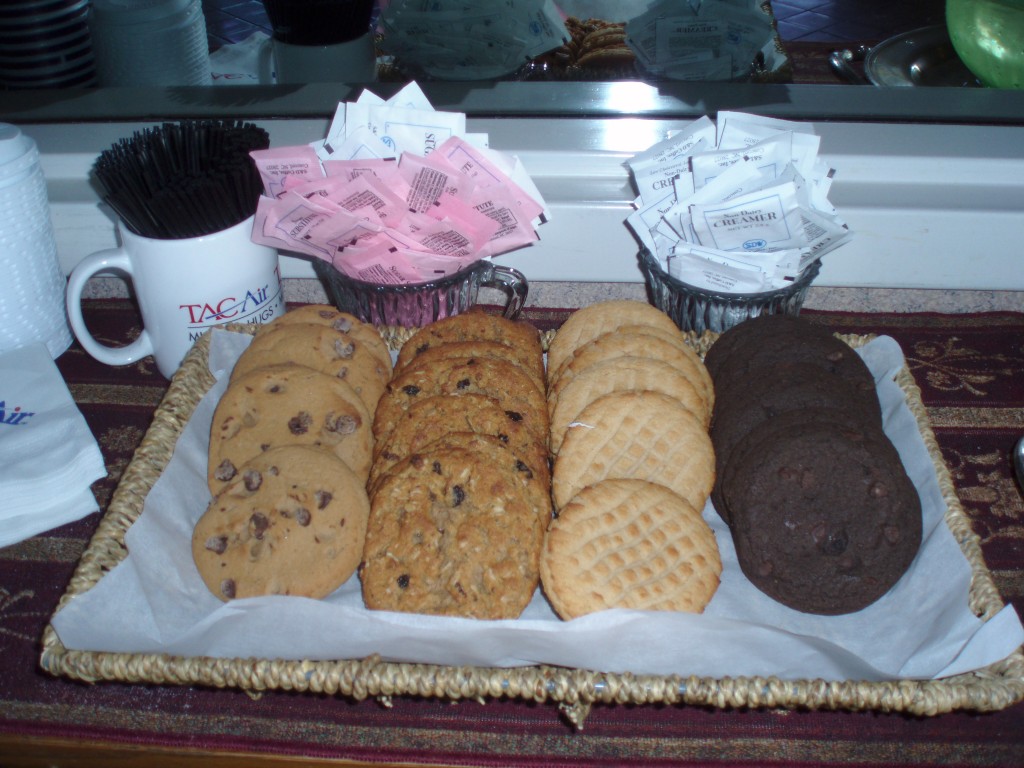The ad depicts a horde of completely insane women, screaming with excitement… if, as the ad claims, these packs are “goodies for grown-ups,” then why are women the only ones going crazy over the cookies in this ad? The men in this ad react to the woman with a mix of “WTF” and “oh my god, you’re crazy” which only serves to make the women look even more pathetic and ridiculous.
This commercial tells a similar story: women totally lose it in the face of low calorie sweets.
NEW (Nov. ’09)! And, of course, there is holiday shopping (found at Ad Freak):
[youtube]https://www.youtube.com/watch?v=wer7b29mreA[/youtube]
Lisa Wade, PhD is an Associate Professor at Tulane University. She is the author of American Hookup, a book about college sexual culture; a textbook about gender; and a forthcoming introductory text: Terrible Magnificent Sociology. You can follow her on Twitter and Instagram.


















